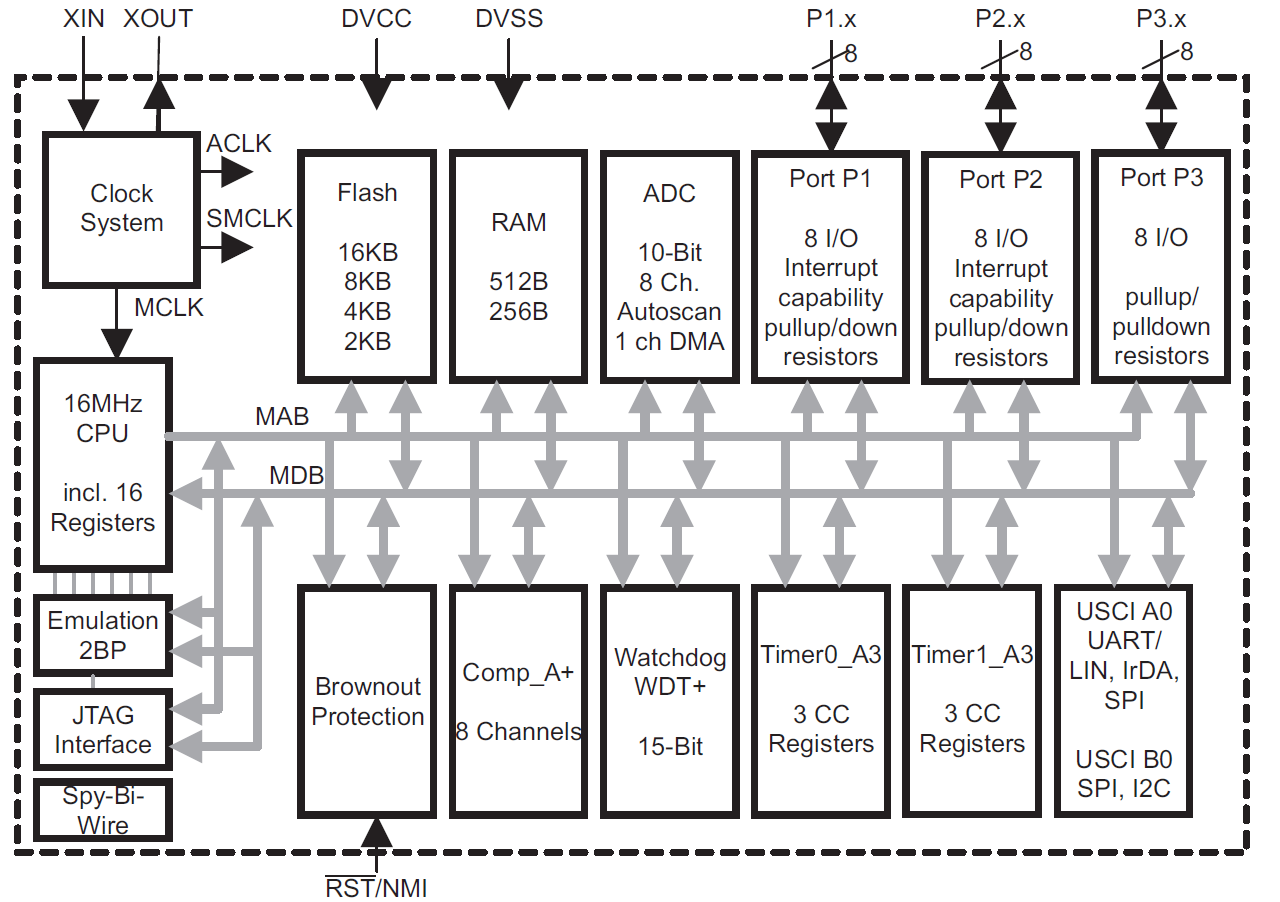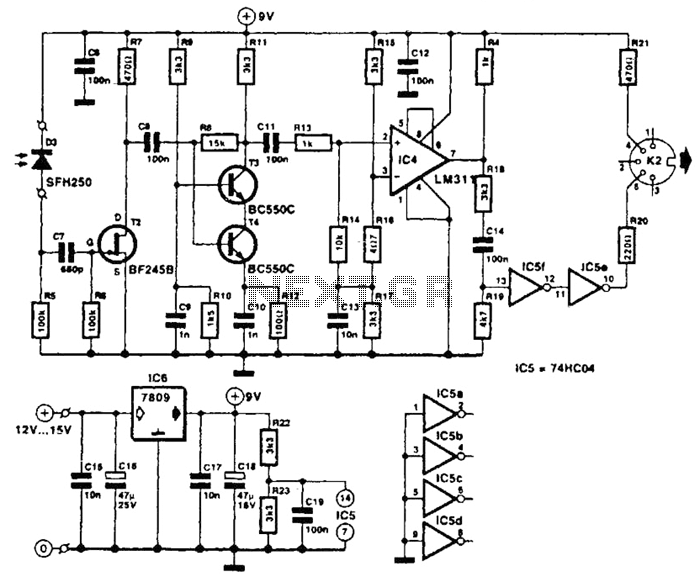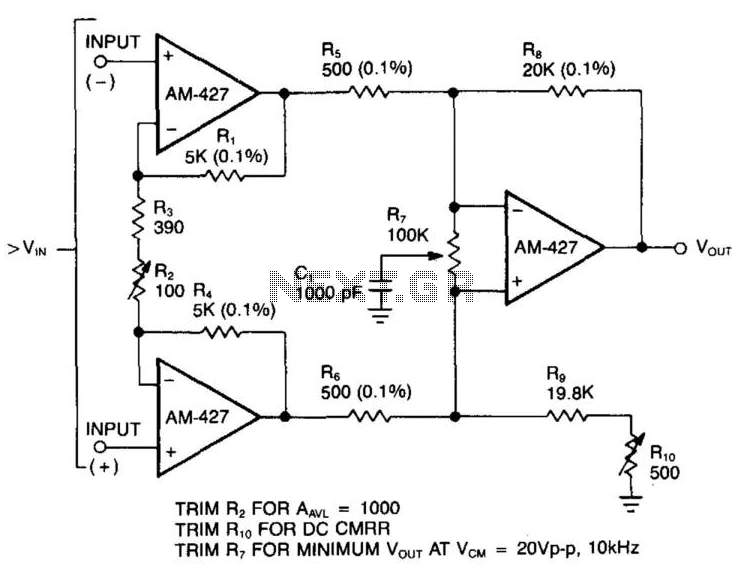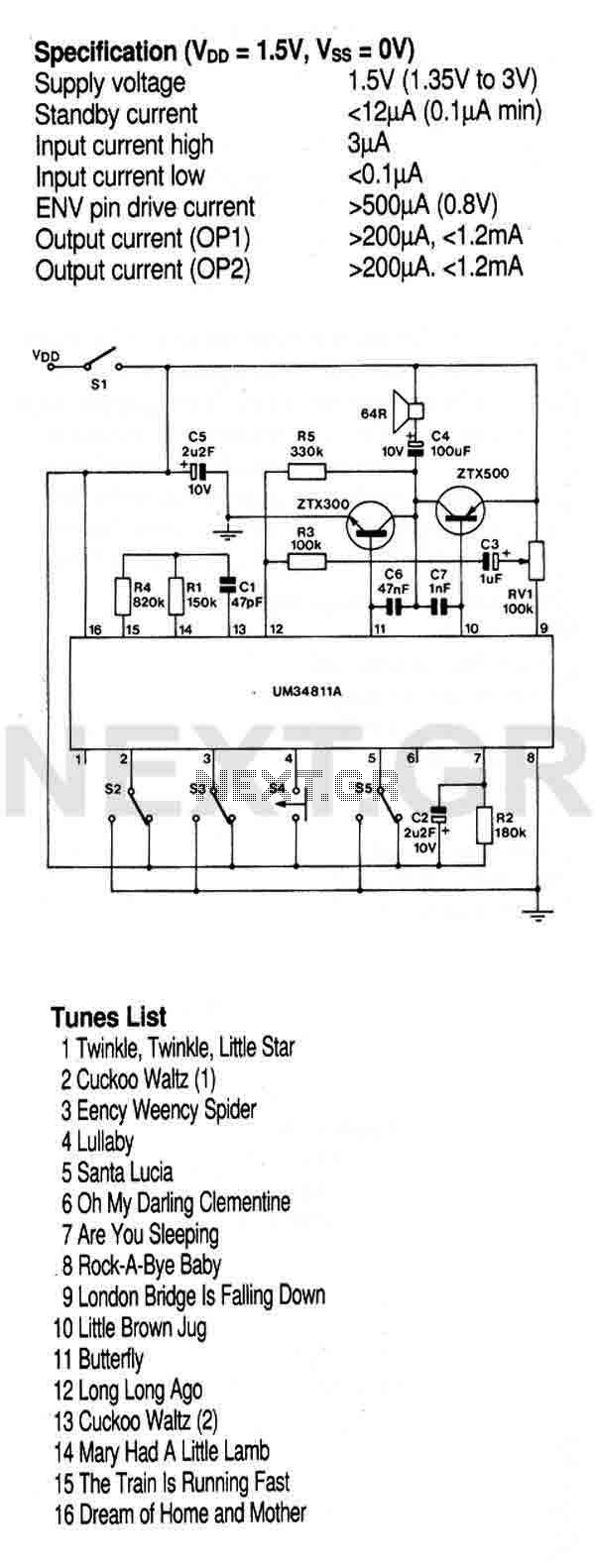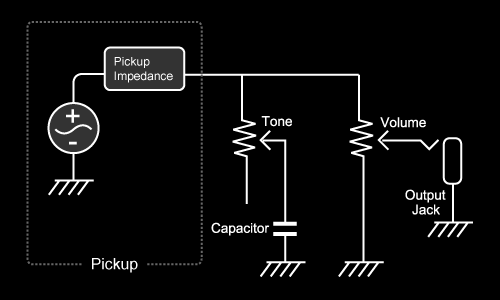
automated angklung instrument
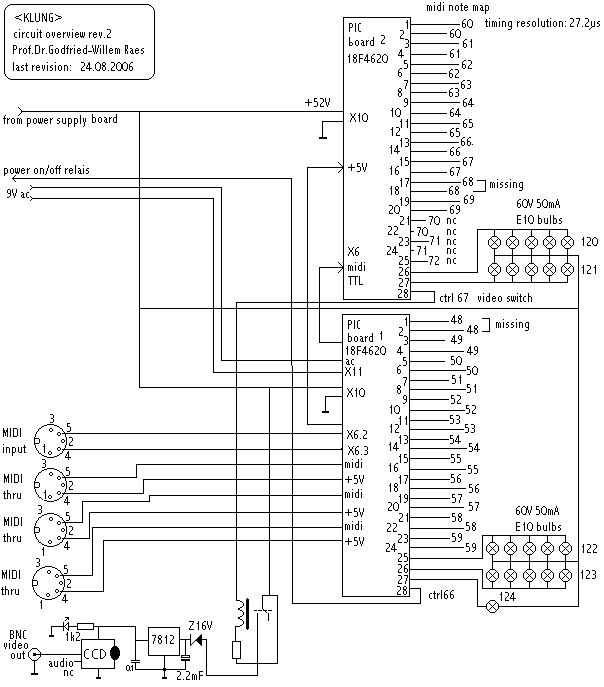
This instrument is a computer-controlled acoustical angklung designed and built in 2000. In 2006, it underwent a major hardware upgrade. The anklungs are constructed from hardened brass and are tuned to a western scale covering two octaves. The instrument can be played using standard MIDI commands and is mounted on a heavy-duty trolley, making it portable for street performances. However, it is not rain-resistant and should be protected from moisture. On June 21, its builder composed a tango for this instrument, titled "KlungelTango," which is scored for the angklung in combination with a singer or a melodica. The interactive computer program was developed in GMT, allowing for street performances by a single performer. The tango premiered on July 4, with the melody performed by Karin Defleyt and the tango danced by the author with his partner, Moniek Darge. The performance was recorded for RTBF television. The instrument was designed to be part of the Slag-Werk project, realized for "Web Strikes Back" during the Tromp biannual in October 2000 in Eindhoven, Netherlands. The first composition associated with the Web Strikes Back project is called "Klungels," which has both a simulator version using real samples recorded from the angklung and a standard MIDI version available for download from the Logos website. Kristof Lauwers also contributed to the development of this interactive software. The musical range of this robot includes detailed circuitry of the PIC boards, which can be viewed via a specific link. The solenoids used in the instrument have double windings, one for each direction of movement, eliminating the need for return springs. The movement alternation is automatic and managed by the firmware. The instrument features 20 angklung notes, each sounding in three octaves, in line with the original Indonesian instruments made of bamboo. However, this angklung uses brass tubing and was rebuilt from an old German circus instrument originally designed for a musical clown, which included small electric lights. During the 2006 upgrade, lights were reinstalled. The tuning conforms to A=440Hz and follows equal temperament, with a range from C# to A (49 - 69). The angklungs are actuated by strong bidirectional solenoids rated at 24V/1A, delivering a force of 24 Newtons. To achieve a higher range of striking velocities, these solenoids are operated at slightly more than twice their rated voltage, with a duty cycle limited to 25%. It is important not to leave the coils under current at these voltage levels, as this can lead to premature failure of the solenoids or power supply with no musical benefit. Since the 2006 rebuild, it has become nearly impossible for users to make this mistake. The only potential risk is sending notes faster than the instrument can respond, which may result in the instrument overheating without producing sound. The control of the solenoids is managed by 40 power MOSFETs, specifically Harris RFP10N12L (or the modern equivalent IRL640), which switch on at TTL levels and can dissipate up to 60 Watts. These MOSFETs have a current rating of 17A and a Uds limit of 200V. The relatively high gate capacitance of 1200pF is not problematic, as the switching speeds in this application are inherently slow. Consequently, no resistor was installed between the gate and ground in the driver circuit. It is crucial to note that when the power supply is activated, all PIC outputs may go to a high state, causing all notes to sound simultaneously, which is undesirable. To mitigate this issue, modifications were made to ensure that the instrument requires an explicit power-on command via MIDI to operate correctly.This instrument is a computer controlled acoustical angklung designed and build in 2000. In 2006 it has undergone a major upgrade of the entire hardware. The anklungs themselves are made of hardened brass and tuned to a western scale covering two octaves. The instrument can be played by standard MIDI commands. It is mounted on a heavy duty trolley and can be taken on the road for street performances. However, it is not rain resistent and should be protected against moisture. On june 21th its builder wrote a tango for this instrument. This composition was called `KlungelTango` and is scored for in combination with a singer or a melodica. The computer program was written in and is interactive. The piece can be performed on the street by a single performer. This tango was premiered on monday 4th of july, the melody performed by Karin Defleyt and the tango danced by the author with his partner, Moniek Darge.
It was recorded for RTBF-television. The instrument was made and designed to be a part of the project realized for `Web Strikes Back` at the occasion of the Tromp biannual, october 2000 in Eindhoven, the Netherlands. A first composition that became a part the the project is called `Klungels`. Both a version for the `Klung` as a simulator version using real samples recorded from `Klung` as well as a plain vanilla midi version is available as part for downloading from the Logos website.
Work on this interactive software was also done by Kristof Lauwers. The musical range for this robot is: Detailed circuit of the PIC-boards themselves can be seen by clicking this link. Note that the solenoids we used have double windings, one winding for each direction of movement. Thus no return springs are mounted. The alternation of the movement is automatic and handled in the firmware. There are 20 anklung-notes in the intrument, each note always sounding in 3 octaves, as usual on the original indonesian instruments, made of bamboo.
Our anklung however does not use bamboo but brass tubing and was rebuild from an old German instrument designed to be used in the circus. The original instrument was to be used by a musical clown and even had small electric lights fitted. (During our upgrade in 2006 we fitted lights again). This use explains why the tuning of the instrument conforms to A=440Hz and is tuned in equal temperament.
The ambitus is C#- A(49 - 69). The angklungs are actioned by strong bidirectional solenoids. These are rated nominally 24V/ 1A delivering a force of 24 Newton. In order to get a higher range of striking velocities, we operate these solenoids at a little more than twice the rated voltage, limiting the duty cycle to 25%. At these voltage levels, one should never leave the coils under current. Doing this has no musical advantages nor uses and may only lead to an early death of the solenoids or the power supply.
Since the rebuild in 2006 it became actually almost impossible for users to do this. The only potentially dangerous thing could be to send notes faster than the instrument can react to. In such a case the instrument would not sound a note but may still get very hot. 2. The 40 power mosfets we used for controlling these solenoids are Harris RFP10N12L (or the modern equivalent IRL640), since these switch on TTL levels and are capable of dissipating 60Watts. The current rating is 17A and their Uds limit is 200V. The rather high gate capacitance (1200pF) is not a real problem since switching speeds in this application are inherently pretty slow.
For this reason we did not fit a resistor between gate and ground in the driver circuit. Note that when the power supply is switched on, all PIC outputs could go to a high state, thus sounding al notes at the same time. This is a detrimental condition of course. To avoid this, we modified Klung such that the instrument has to receive an explicit power on command (midi contro
🔗 External reference
It was recorded for RTBF-television. The instrument was made and designed to be a part of the
Work on this interactive software was also done by Kristof Lauwers. The musical range for this robot is: Detailed circuit of the PIC-boards themselves can be seen by clicking this link. Note that the solenoids we used have double windings, one winding for each direction of movement. Thus no return springs are mounted. The alternation of the movement is automatic and handled in the firmware. There are 20 anklung-notes in the intrument, each note always sounding in 3 octaves, as usual on the original indonesian instruments, made of bamboo.
Our anklung however does not use bamboo but brass tubing and was rebuild from an old German instrument designed to be used in the circus. The original instrument was to be used by a musical clown and even had small electric lights fitted. (During our upgrade in 2006 we fitted lights again). This use explains why the tuning of the instrument conforms to A=440Hz and is tuned in equal temperament.
The ambitus is C#- A(49 - 69). The angklungs are actioned by strong bidirectional solenoids. These are rated nominally 24V/ 1A delivering a force of 24 Newton. In order to get a higher range of striking velocities, we operate these solenoids at a little more than twice the rated voltage, limiting the duty cycle to 25%. At these voltage levels, one should never leave the coils under current. Doing this has no musical advantages nor uses and may only lead to an early death of the solenoids or the power supply.
Since the rebuild in 2006 it became actually almost impossible for users to do this. The only potentially dangerous thing could be to send notes faster than the instrument can react to. In such a case the instrument would not sound a note but may still get very hot. 2. The 40 power mosfets we used for controlling these solenoids are Harris RFP10N12L (or the modern equivalent IRL640), since these switch on TTL levels and are capable of dissipating 60Watts. The current rating is 17A and their Uds limit is 200V. The rather high gate capacitance (1200pF) is not a real problem since switching speeds in this application are inherently pretty slow.
For this reason we did not fit a resistor between gate and ground in the driver circuit. Note that when the power supply is switched on, all PIC outputs could go to a high state, thus sounding al notes at the same time. This is a detrimental condition of course. To avoid this, we modified Klung such that the instrument has to receive an explicit power on command (midi contro
🔗 External reference
